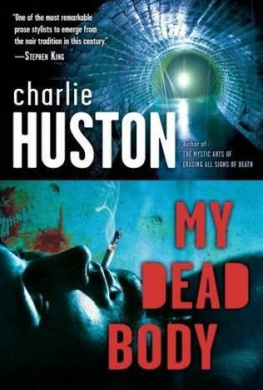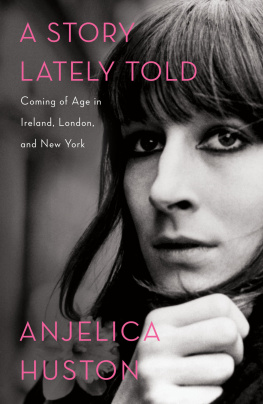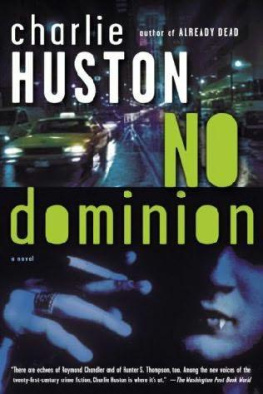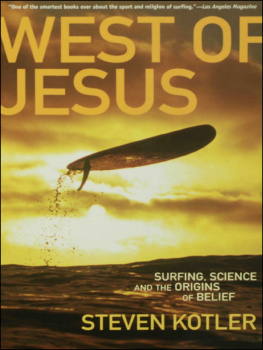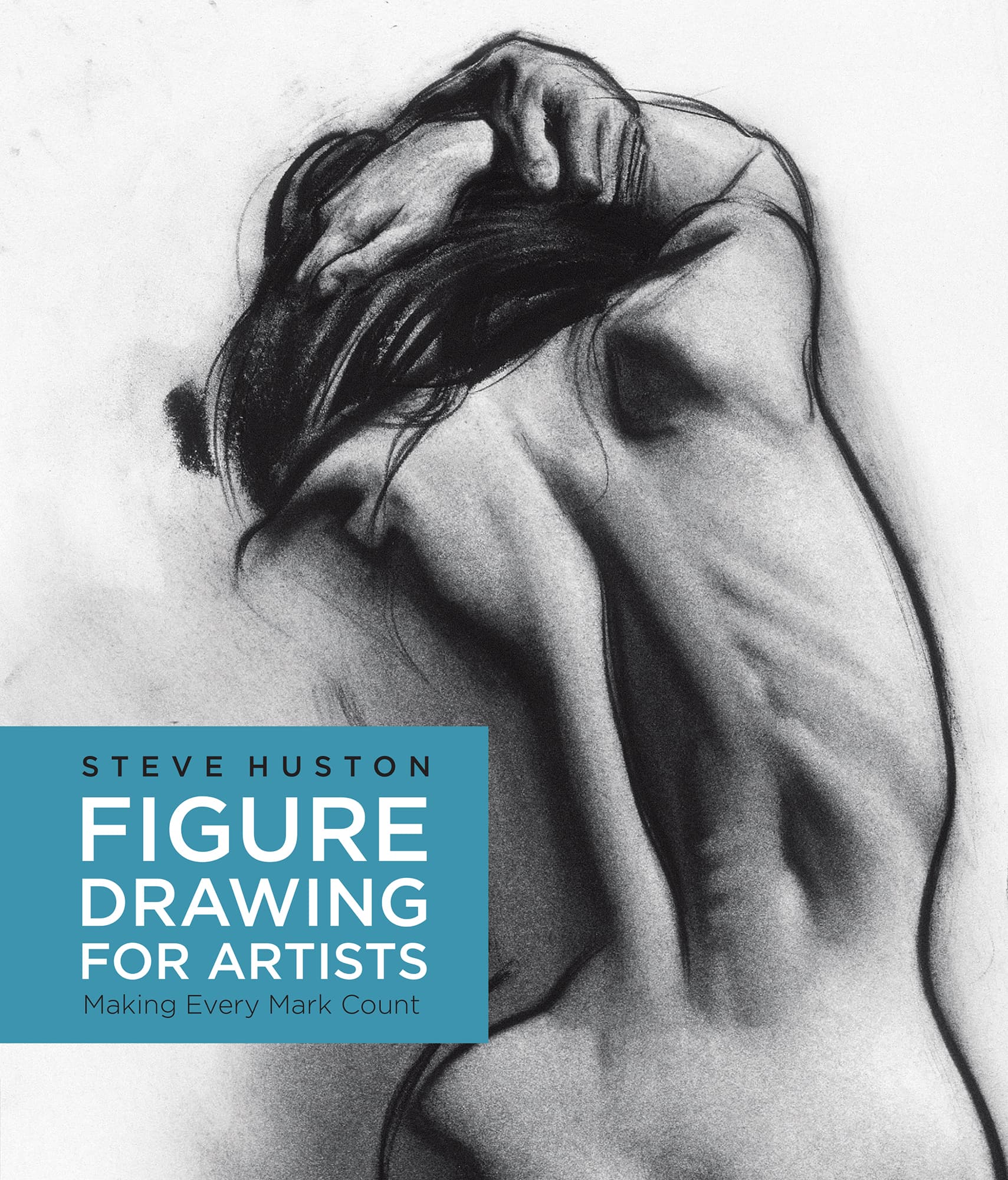Art Is an Idea
I love drawing, always haveso, I chose it as a career. That made the whole what is art thing an important issue for me.
I needed an answer that made my thumbnail sketches, life studies, comps, and finishes excellent. And more, I needed an answer that led me toward a process that spoke with one voice, one visionone style.
Art criticism helped me, but not in that pursuit. So, I did what any self-serving, creative type would do: I made up an answer that would.
I didnt care whether my answer held up to the rigors of critical thinking. In fact, it doesnt. Im here to tell you what Im offering is pure make-believe.
And I believe thats exactly why it works.
Fantasy, myth, make-believe: none is true for the head. But, they are all true for the heartand the heart is where art thrives. Art is not designed to convince the rational mind. Science handles that. Art, at its most powerful, appeals to the emotions, as mythology does.
And mythology has only two requirements:
1. No matter how fantastic the world or worldview is, it needs to be absolutely consistent. Only then, will the head relax and let the heart take control.
2. The hero (and audience) takes a journey that shows the world works through some secret, simple truth. A truth such as its sometimes an upside-down, absurd place we live in, or magic hides in plain sight, or, even, theres no place like home.
Make-believe truths like these are importantcritical, really. They act as emotional road maps, helping us navigate our messy day-to-day affairs. Adults need them in some ways more than children do. The best road maps show us how to become the hero of our own lives. After all, even switching jobs or starting a new hobby is a real adventure.
Right this moment, youre reading a make-believe story for adults. Youre nearly to the part about the secret truthtwo, actually. As the pages turn, youll read that the world of drawing, though it presents ogre-size problems, is a far simpler place than you suspected. Simple doesnt mean easy, though. Wheres the adventure in easy?
This yarn says the craft of drawing the human body succeeds through only two ideas (here are two of the secret truths): gesture and structure. It says these two ideas work for the biggest parts of your drawing, and for the smallest.
Youll read about things like the eye socket is a whistle notch, the arm is a cleverly curved tube, the many parts of the body are connected through invisible design linesthese are the designs of life. These are all lies as far as the scientist is concernedand yet, I bet youll see that they ring true. And theyll allow you to draw with a vision and control you cant get any other way.
My promise to you is this: If youre willing to wear out a few pencils, this book can help you navigate the difficult landscape of the drawn figure.
The last truth Ill share for now is that I didnt make any of this up. The Old Masters did. Weve been staring at these heartfelt truths for countless generations, but for the last several we simply havent realized it.
Great art with its great stylistic differences has been telling this tale since the beginning. To the Old Masters, it was common knowledge. Its just been forgotten. What a gift these two fundamental ideasstructure and gesturein all their incarnations, give us through the greatest voices in history.
Art, then, is really just another language. Just as the words express concepts, the lines and tones artists make do the same. This book exists so well know what were talking about.
With practice, a lot of practice, you can begin telling your own story. Start thinking of the frame around your artwork as a window into your world. The marks you make explain the rules of that world. They had better be consistent.
SO, HOW TO DO THAT?
Drawing the human body is not easy. We need to approach it carefully. The premise for this book, and for my entire career as an artist and teacher, is that the drawing process reduces to those two fundamental ideasgesture and structure. To make sense of them, then, we need to plumb them systematically and deeply. Keep in mind, structure and gesture are, in a sense, two sides of the same coin. If they dont work together, they dont work.



